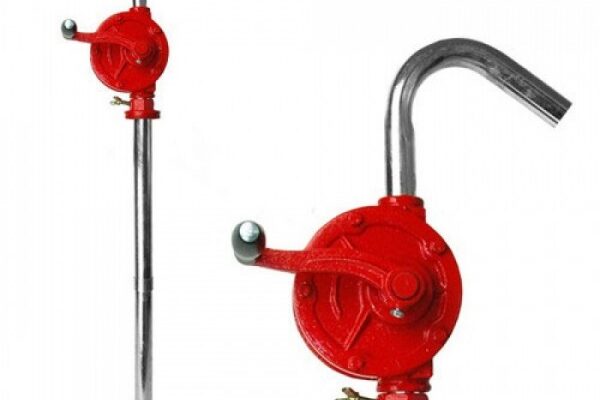In the world of industrial fluid handling, efficiency, precision, and safety are paramount. Drum pump systems play a crucial role in achieving these objectives by enabling the seamless transfer of liquids from drums, barrels, and containers. Whether you are dealing with chemicals, oils, solvents, or other fluids, selecting the right drum pump system is essential. This guide aims to provide valuable insights into drum pump systems, highlighting their key features, applications, and considerations. Drum pump systems are specialized devices designed for the safe and efficient transfer of liquids from storage containers like drums and barrels. These systems consist of a pump unit, typically powered by electricity or air, and a dispensing nozzle or hose. The pump is immersed into the liquid, and with the push of a button or the activation of a lever, it draws the liquid up and dispenses it into the desired container or process.

Key Features of Drum Pump Systems
Material Compatibility – Drum pump systems come in a variety of materials such as stainless steel, polypropylene, and PTFE to suit the compatibility requirements of different fluids. It is crucial to choose a system that is chemically resistant to the fluid being handled to prevent contamination or damage.
Flow Rate – Drum pumps are available in various flow rates to accommodate different applications. Selecting the appropriate flow rate ensures efficient and timely transfer of fluids without excessive waste or downtime.
Power Source – Drum pumps can be powered by electricity, air, or manual operation. Electric pumps offer continuous and consistent flow, while air-powered pumps are suitable for hazardous environments where electrical sparks must be avoided.
Safety Features – Safety is a top priority in industrial settings. Look for drum pump systems equipped with safety features such as over-current protection, leak detectors, and explosion-proof options for handling flammable materials.
Applications of Drum Pump Systems
Chemical Industry – Drum pump systems are extensively used for transferring various chemicals, including acids, bases, and corrosive substances, ensuring precise and safe handling.
Food and Beverage Industry – These systems are employed for transferring ingredients like syrups, oils, and flavorings in food production processes.
Pharmaceuticals – In pharmaceutical manufacturing, drum pumps are used to transfer liquids such as solvents, reagents, and active pharmaceutical ingredients APIs with precision.
Agriculture – Drum pumps play a critical role in agriculture for dispensing fertilizers, pesticides, and herbicides, providing accuracy and efficiency in the application process.
Considerations When Choosing a Drum Pump System
Compatibility – Ensure the pump materials are compatible with the fluid you intend to handle to prevent chemical reactions or contamination.
Flow Rate – Select a pump with an appropriate flow rate that matches your specific requirements, whether it is for bulk transfer or precise dispensing.
Power Source – Consider your facility’s power source and environment when choosing between electric, air-powered, or manual drum pumps.
Safety – Prioritize safety features, especially when handling hazardous materials, by selecting bombas para tambores with built-in safety measures.
Maintenance – Evaluate the ease of maintenance, availability of spare parts, and the reputation of the manufacturer for reliable customer support.



